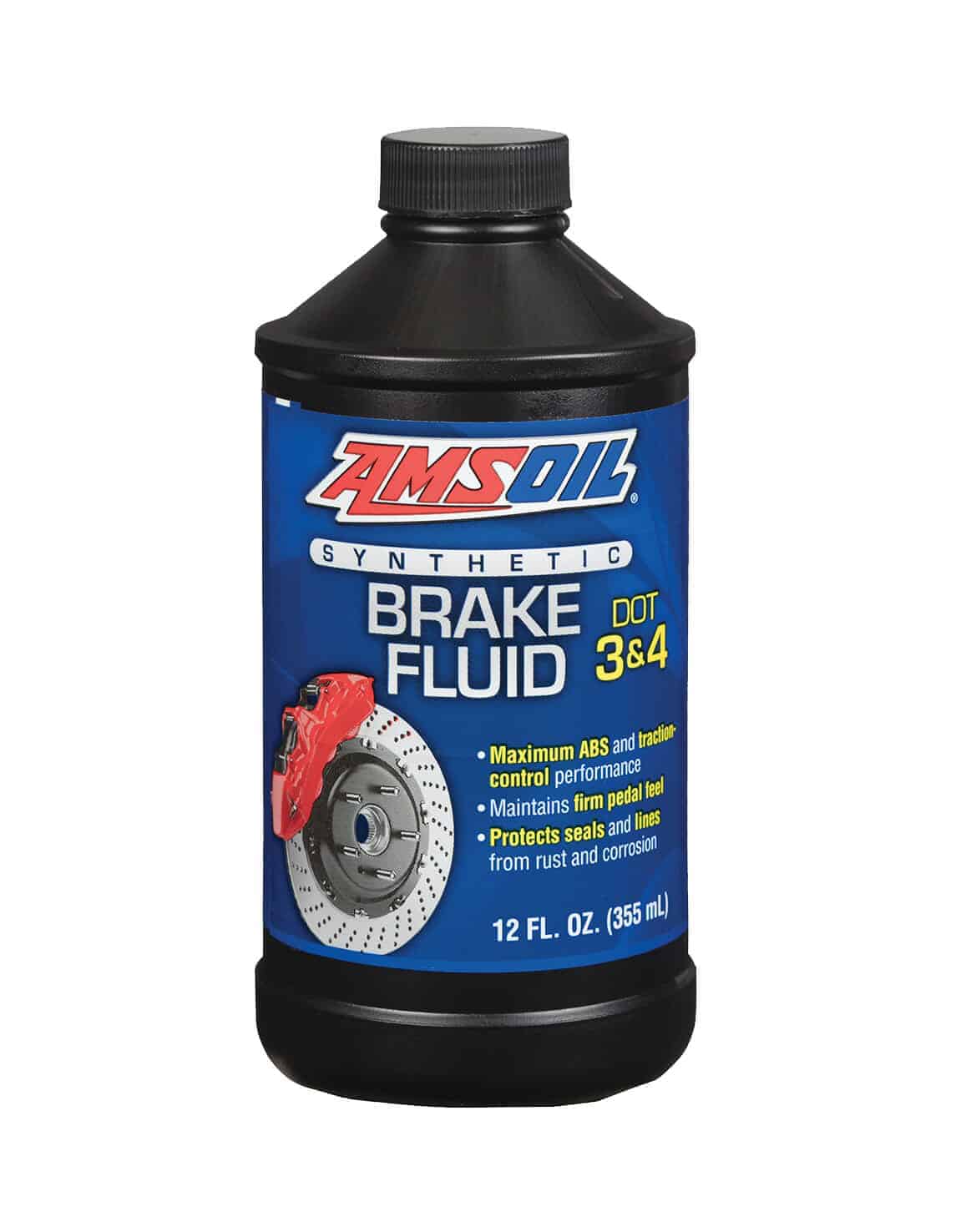Kirjeldus
Amsoil DOT 3 and DOT 4 Synthetic Brake Fluid. BFLVCN-EA
Fights Water Contamination
Water contaminates the brake system by seeping through microscopic pores in fl exible brake lines and seals and through the reservoir fi ll cap. Brake fluid itself is hygroscopic (attracts moisture). Once introduced to the system, water reduces boiling points and compromises performance. It corrodes brake parts, lines and seals, leading to eventual failure. AMSOIL DOT 3 & 4 Synthetic Brake Fluid’s superior wet boiling points counteract these problems. It lubricates and protects intricate brake components despite the inevitable water contamination. A nitrogen blanket is added to each bottle during manufacturing to purge moisture and ensure the maximum level of performance.
Firm Pedal Feel
The extreme pressure and high heat common to brake systems can push brake fluid beyond its boiling point, causing it to vaporize or “boil-off.” Water contamination can accelerate the process. This leads to a spongy or unresponsive feeling in the brake pedal (vapor lock). In contrast, the unique chemistry behind AMSOIL synthetic brake fluids increases boiling points well beyond DOT standards, even when contaminated with 3.7 percent water. AMSOIL Brake Fluids maintain a stable viscosity over a wide temperature range and flow easily at the high pressures generated in today’s automotive brake systems to deliver solid, reliable braking. Maximum ABS and Traction-Control Performance AMSOIL DOT 3 & 4 Synthetic Brake Fluid’s low-viscosity (817 cSt) provides superior cold-weather performance and excellent ABS and traction-control responsiveness. It covers a broad range of applications and exceeds DOT 3, 4 and 5.1 specifications.
RAKENDUSED
Use AMSOIL DOT 3 & 4 Synthetic Brake Fluid in passenger car, light truck and powersports applications that require a DOT 3, 4 or 5.1 product. Do not mix with DOT 5 fluid. Refer to your owner’s manual regarding the proper change interval for your brake fluid and to determine the correct DOT classification. Change fluid every two years for maximum performance.

